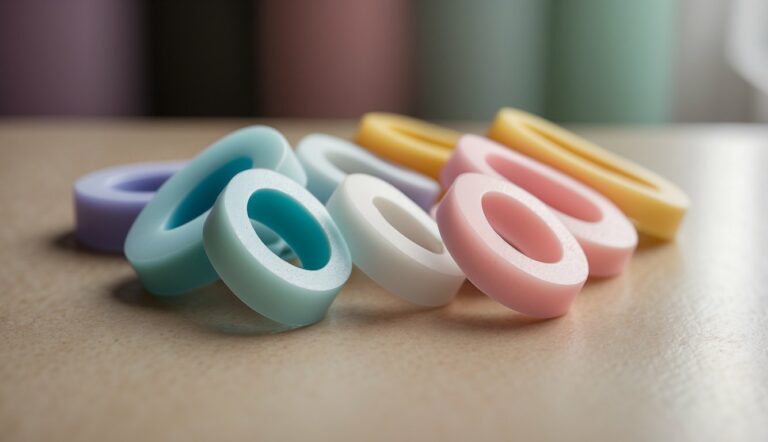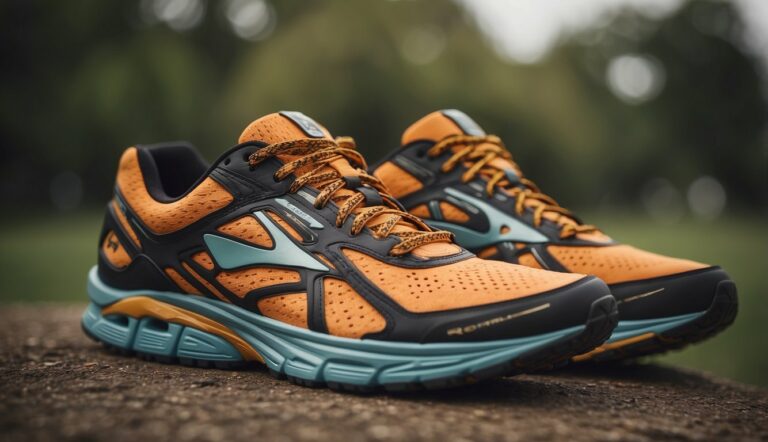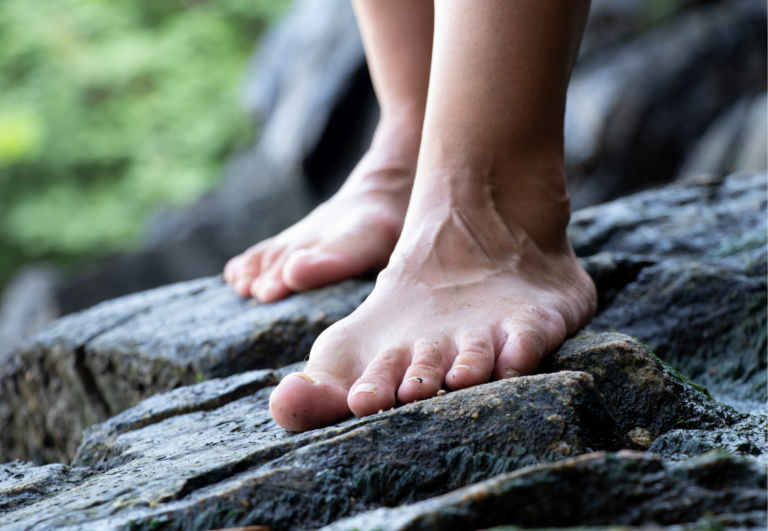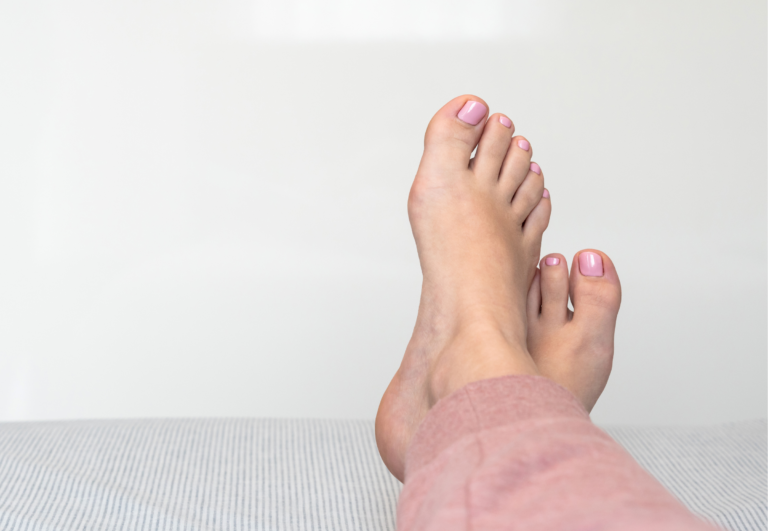How Toe Spacers Can Improve Proprioception: Unveiling Their Potential Benefits
As someone who has incorporated toe spacers into my daily routine, I’ve come to understand their profound impact on proprioception. Proprioception, our body’s ability to sense movement, action, and location, is heightened through consistent use of toe spacers. These simple devices gently separate the toes, which counters the effects of narrow footwear that often compresses them over time.
Improved proprioception isn’t the only benefit; toe spacers may contribute positively to overall foot health. By restoring the natural toe alignment, they can alleviate pressure and prevent conditions caused by toe crowding. I’ve observed a notable difference in my balance and foot comfort since using them.
Although everyone’s experience may vary, and I am not a medical professional, the advantages gained from toe spacers, especially for athletes, are worth considering. Enhanced coordination and precision in movements can translate into better athletic performance. For anyone looking to optimize their foot function, toe spacers could be a beneficial addition to their foot care regimen.
Toe Spacers and Their Role in Proprioception
Toe spacers are essential for those looking to enhance their proprioception for better balance and foot mechanics. They may seem simple, but their effects on foot health and stability can be significant.
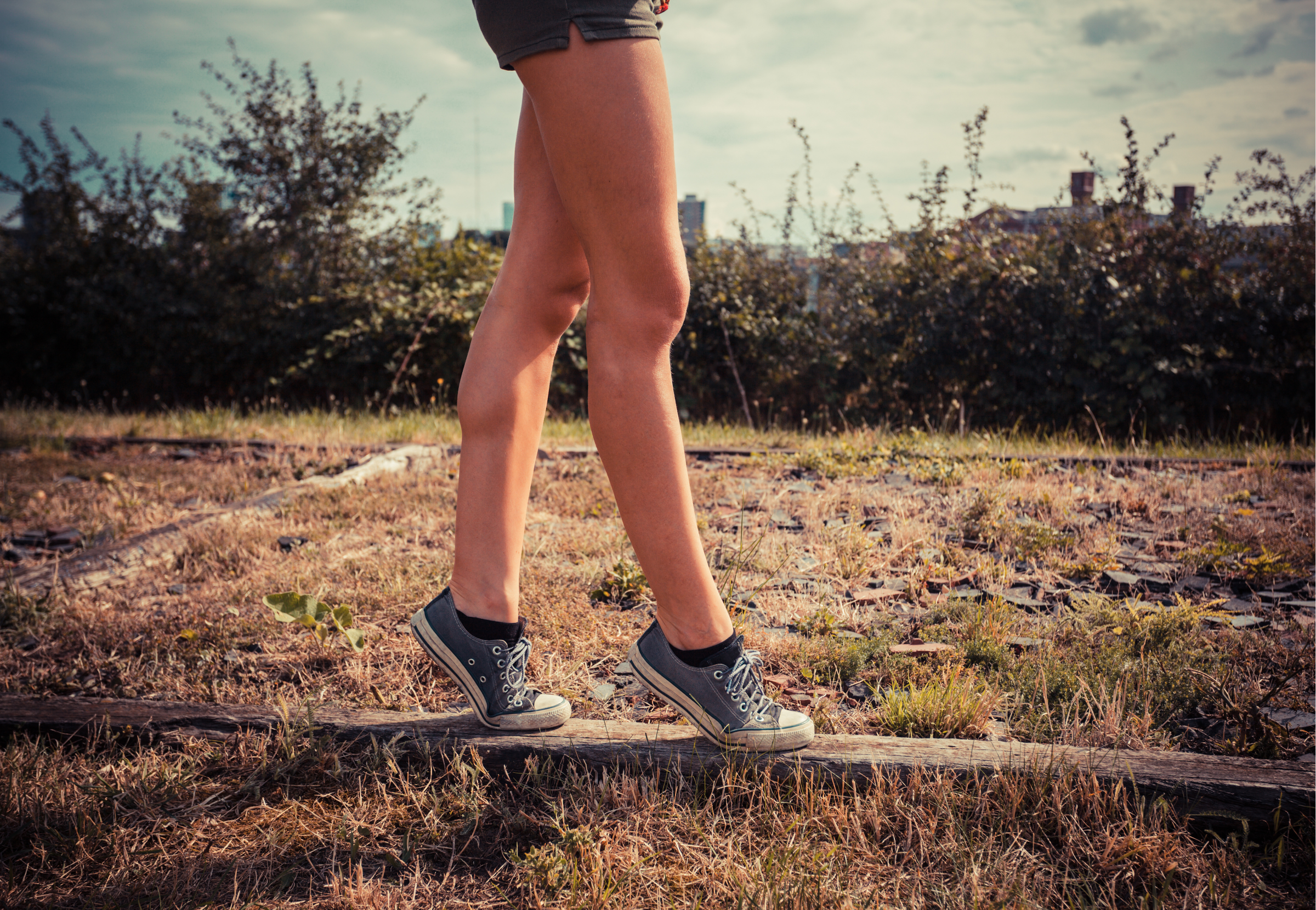
Defining Proprioception and Its Importance for Balance
Proprioception refers to our body’s ability to sense its own position in space, which is crucial for maintaining balance and coordination. Key components of proprioception include:
- Stability: A strong sense of body position allows for a stable base during movement.
- Coordination: Knowing where all parts of your body are helps coordinate actions smoothly.
- Strength: Ties into how well your body can maintain or return to a position.
- Mobility: The freedom of movement across different planes, essential for tasks requiring fine motor coordination.
This sensory feedback system helps us perform daily activities without constantly watching our limbs. Inadequate proprioception can lead to clumsiness and frequent falls, which makes it a vital aspect to improve, especially for athletes aiming for optimal performance.
How Toe Spacers Enhance Foot Mechanics
Incorporating toe spacers can greatly benefit foot mechanics by promoting:
- Toe Alignment: Spacers assist in realigning crowded toes, supporting the natural structure of the foot.
- Foot Muscles: They encourage independent toe movement, which can strengthen underused muscles.
- Improved Biomechanics: Proper toe spacing aids in distributing weight evenly across the foot, allowing for efficient energy transfer and movement patterns.
By improving toe alignment, toe spacers indirectly support enhanced proprioceptive feedback. This can lead to:
- Better Athletic Performance: Athletes can experience improvements in movements, such as jumping, running, and cutting.
- Increased Stability and Balance: Even walking becomes more stable as the foot is able to better sense and adapt to the ground.
Over time, toe spacers can contribute to strengthening the foot muscles, potentially adding to overall stability and balance during complex movements. With consistent use, individuals might notice not just enhanced athletic performance but also everyday comfort and reduced risk of foot-related issues.
The Impact of Toe Spacers on Foot Conditions
Toe spacers are not just about increasing comfort; they play a significant role in addressing various foot conditions, from helping to prevent deformities to aiding in recovery and rehabilitation.
Toe Spacers as a Preventative Measure for Foot Deformities
I’ve seen first-hand how toe spacers can actively prevent common foot deformities such as bunions, hammertoes, and hallux valgus. By maintaining proper toe alignment, these simple devices can reduce the risk of overlapping toes, a condition commonly elicited by narrow footwear. Regular use of toe spacers can also promote stronger foot muscles which support overall foot health.
- Bunions: Prevent the big toe from drifting towards the others.
- Hammertoes: Prevent toes from curling downward.
- Overlapping Toes: Encourage natural toe spacing.
Rehabilitation and Recovery with Toe Spacers
In my experience with toe spacers, they can significantly aid in the recovery process from various foot-related injuries or conditions. They are known to alleviate foot pain and inflammation commonly associated with plantar fasciitis, a widespread cause of heel pain. By improving foot strength and flexibility, toe spacers can also enhance proprioception, making them a valuable tool during the rehabilitation phase.
- Plantar Fasciitis: Reduce heel pain through better arch support.
- Inflammation: Minimize soft tissue stress around the foot.
- Injury: Aid in the overall foot recovery process by promoting proper alignment.
I’ve noticed that consistent use can lead to noticeable improvements in toe flexibility and a reduction in pain, contributing positively to the recovery journey. However, I always advise consulting with a healthcare professional for tailored advice and proper usage instructions.
Practical Benefits of Wearing Toe Spacers
Wearing toe spacers offers clear advantages for athletes and those seeking everyday comfort. Let’s explore how these simple devices can enhance performance and provide relief from common foot-related discomforts.
Enhanced Athletic Performance and Agility
Toe spacers can be a game-changer for athletes seeking to improve their performance and agility. By spreading the toes, these spacers encourage better foot stability which is crucial for dynamic movements in sports. This can lead to strengthened foot muscles and improved dynamic balance, reducing the risk of injuries. In fact, toe spacers stimulate the sensory receptors in the toes, enhancing proprioception—our body’s ability to sense its movement and position in space. This heightened awareness directly translates to better coordination and precision in athletic activities.
- Key Athletic Benefits:
- Better foot stability
- Increased strength in foot muscles
- Enhanced dynamic balance
- Lower risk of athletic injuries
- Improved proprioception leading to coordinated movements
Pain Management and Relief for Everyday Comfort
Beyond the athletic sphere, toe spacers offer tremendous benefit in terms of comfort. By realigning the toes to their natural position, these tools can alleviate pressure and pain associated with bunions, corns, and overlapping toes. Regular use of toe spacers can assist with pain relief, aiding in rehabilitation and contributing to a more comfortable daily experience. Although I’m not a healthcare professional, many users find that consulting one before starting the use of toe spacers can help tailor a regimen for optimal results.
- Key Components for Comfort:
- Alleviation of pressure on toes
- Pain relief from common toe conditions
- Assistance in overall foot rehabilitation
Using toe spacers might seem like a simple intervention, but the practical benefits they offer for both high-performance athletes and individuals seeking daily foot comfort are significant.
Considerations for Optimal Use of Toe Spacers
To effectively harness the benefits of toe spacers for proprioception, choosing the right material and integrating them into your routine are key factors. Here’s how to optimize their use.
Material and Design: Silicone vs Foam
Silicone Toe Spacers
- Durability: Highly durable and easy to clean, ideal for prolonged use.
- Comfort: Silicone is soft, pliable, and tends to provide a comfortable fit, adapting to your foot’s natural contours.
Foam Toe Spacers
- Affordability: Generally inexpensive, a good option for those on a budget.
- Comfort: Foam offers a gentle separation but may compress over time, reducing effectiveness.
When selecting toe spacers, consider modern footwear trends that often favor narrow toe boxes; silicone spacers can help counteract confinement and promote proper toe alignment. If you wear minimalist or barefoot shoes, silicone spacers might be preferable due to their robustness.
Incorporating Toe Spacers into Daily Routines
Warm-ups and Cool-downs
- Begin sessions: Integrate toe spacers during warm-up exercises to prepare your feet for physical activity.
- End sessions: Use them post-workout during cool-downs to aid in recovery.
Daily Footwear Integration
- Barefoot Shoes: If you’re using toe spacers with footwear, ensure they fit comfortably within barefoot or minimalist shoes which mimic natural foot positioning.
- Consistency: Wear toe spacers regularly to achieve cumulative benefits for toe realignment and proprioception.
Always start by consulting with a healthcare professional, such as a podiatrist, to develop a treatment plan tailored to your needs. Accustoming your feet to toe spacers can take time, so gradual incorporation into your routines is crucial for avoiding discomfort.
Long-Term Advantages and Limitations of Toe Spacers
Toe spacers are designed to support natural toe alignment and improve joint health, but it’s important to acknowledge both their benefits and limitations. My aim is to provide a balanced view of their long-term use.
Promoting Natural Toe Alignment and Joint Health
Toe spacers play a significant role in maintaining natural toe alignment, which, in turn, promotes better joint health. By gradually encouraging the toes to return to their natural position, they help alleviate pain and reduce the likelihood of issues related to poor toe alignment. I’ve observed that consistent use of toe spacers can result in improved balance and proprioception, enhancing sensory feedback from the feet to the brain.
Key Benefits:
- Preventive care: Regular use helps prevent toe crowding, which can become more pronounced with aging.
- Enhanced circulation: With correct toe positioning, blood flow may improve, supporting overall foot health.
| Condition | Advice From Healthcare Professional |
|---|---|
| Minor toe realignment | Consult before use, may aid in recovery |
| Diabetes (foot health) | Monitoring by professionals advisable |
| General foot discomfort | Consider in a comprehensive approach to foot care |
Addressing the Limitations and Potential Risks
Despite the benefits, toe spacers are not a panacea. They come with limitations and are not suitable for everyone. For example, individuals with certain types of diabetes-related foot issues should be cautious; changes in circulation and sensation can lead to complications if not monitored closely by healthcare professionals. Additionally, foot injuries may require more than just toe spacers for proper healing;
Potential Risks:
- Over-reliance on toe spacers without seeking proper medical guidance.
- Ill-fitted toe spacers can do more harm than good, exacerbating existing issues.
When to Exercise Caution:
- Vision impairment: Those with impaired vision should ensure correct placement of spacers.
- Circulatory issues: Individuals with poor circulation must consult with a healthcare professional.
- Existing Foot Injuries: Must be evaluated by a healthcare professional before use.
